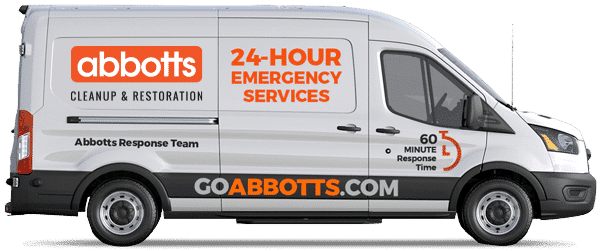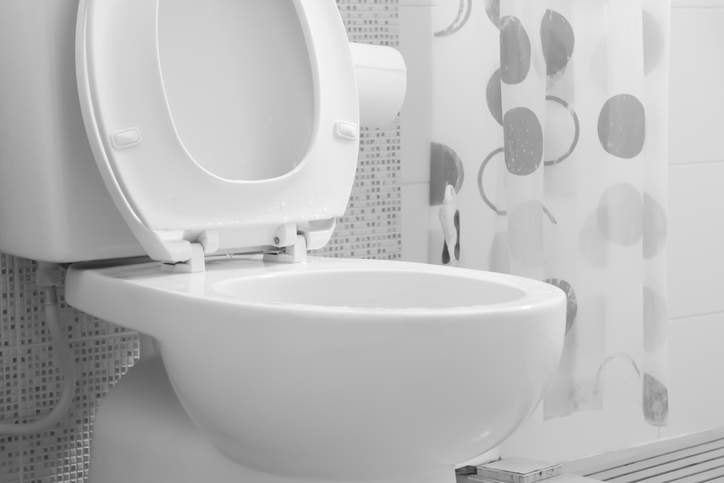Finding the Root Cause of Sewer Backups
If you’re like the average Colorado homeowner, you understand that your home relies on sewer lines in order to move waste water away from your home and into underground sewer mains. Beyond this basic information, though, you probably don’t ever give much thought to your sewer lines – until they start giving you trouble. Unfortunately, by the time you notice a problem, it’s probably less of a ‘problem’ and more of a catastrophe: a full-blown clog.
Sewer Line Clogs
When a major sewer line clog occurs, you’ll know it. Raw sewage often backs up and starts coming out of your home’s drains. The combination of water and hazardous material can lead to significant damage to your home, not to mention an extremely costly sewer line repair or replacement. But, what’s causing your sewer line to become clogged and get backed up? How can you prevent this from happening to your home? We are here to explain.
- Tree Roots — Let’s begin with the primary root cause of sewer clogs and backups: actual tree roots! When homes are first built, small trees are often planted in the front and backyard in order to add shade and beauty. As these trees grow, their roots also grow and expand. They can eventually grow and work their way into your pipes, resulting in major clogs and even breakages. This is especially a problem during periods of drought as the roots will seek out water and go directly for your pipes.
- Toilets — Too many homeowners have a habit of treating their toilets like a trashcan. Flushing things down the pipes that don’t belong there will eventually lead to clogs and sewer backups that can wreak havoc on your home. Remember that only human waste and toilet paper should be flushed down. Even those “flushable” wipes aren’t actually intended to go down the drain and can leave you with serious trouble and remorse.
- Garbage Disposals – People tend to get a little bit carried away with their garbage disposals. Unfortunately, trying to send everything down the drain from huge pots of leftover spaghetti to pans of grease will lead to fast and serious clogs that will result in a sewer backup.
Spotting a Sewer Line Clog
If you can recognize the signs of a sewer clog in time, you might be able to take care of the situation before it becomes a full-blown backup and makes a huge mess of your home. Listen carefully for the sound of gurgling coming from any of your drains, or water starting to back up out of a drain. For example, if turning on the dishwasher means that your toilets start to percolate or water begins to appear around floor drains, you’ve probably got a clog.
Sewer line clogs can occur in either the main sewer line or in one of your home’s secondary lines. Because any of these locations could be causing your troubles, it’s important to have a professional come in and evaluate what’s going on in your pipes. These experts can perform a camera inspection that will identify the location of the clog. If it’s due to waste and debris from the toilet, garbage disposal, etc., they may be able to clean it out with a snake or auger. If the clog is due to roots, you may have more work on your hands, but it will be well worth the effort when you consider the consequences of a sewer backup.
In the event that a sewer backup does occur in your home, it’s important that you know who to call for help. The folks at Abbotts Fire & Flood are experts in cleaning up after disasters, including those containing hazardous materials. Give us a call to learn more today.


